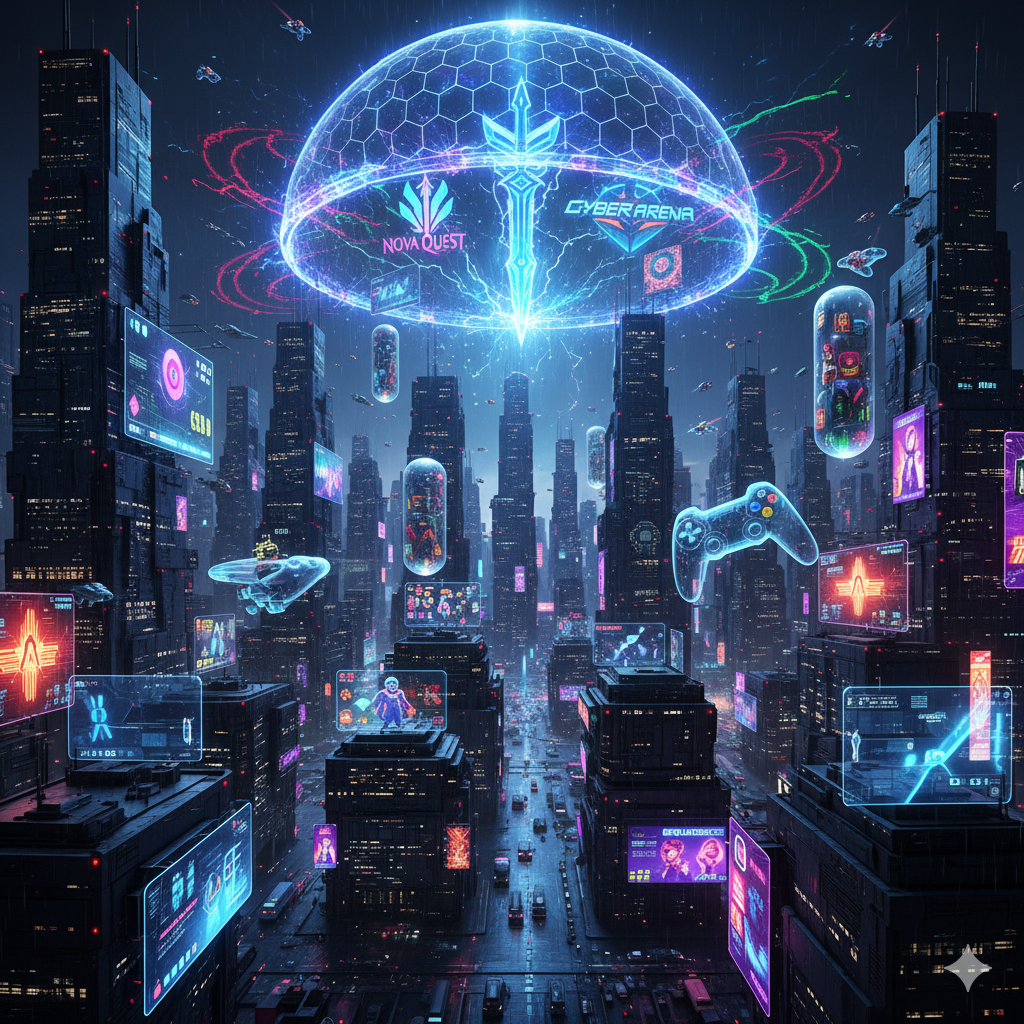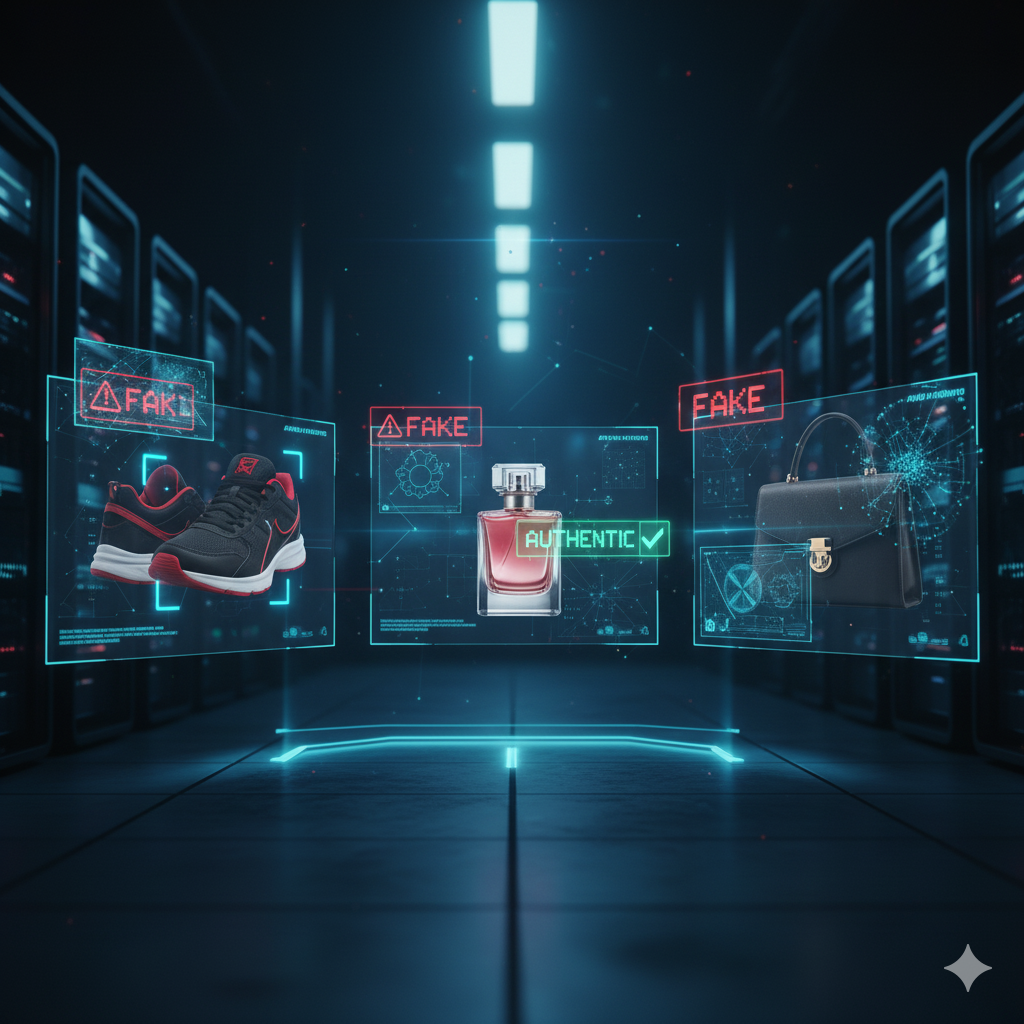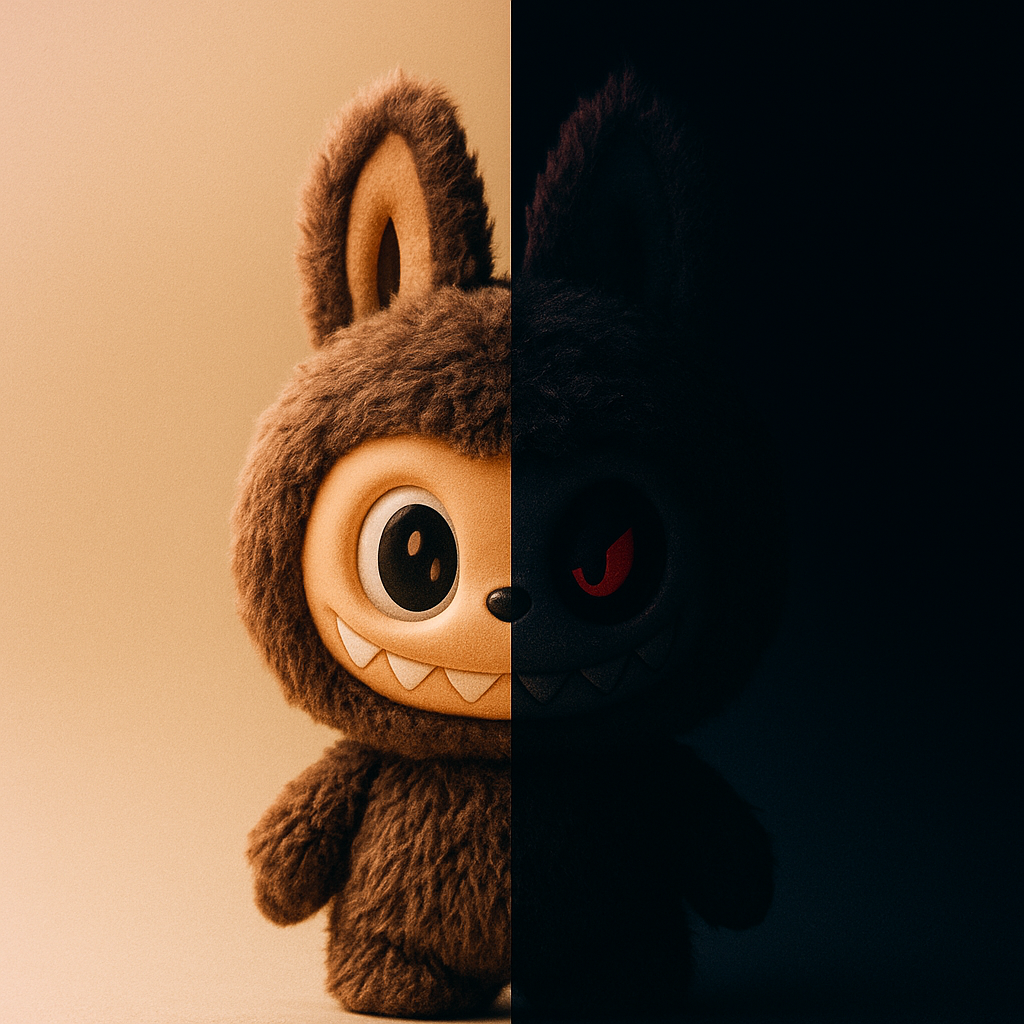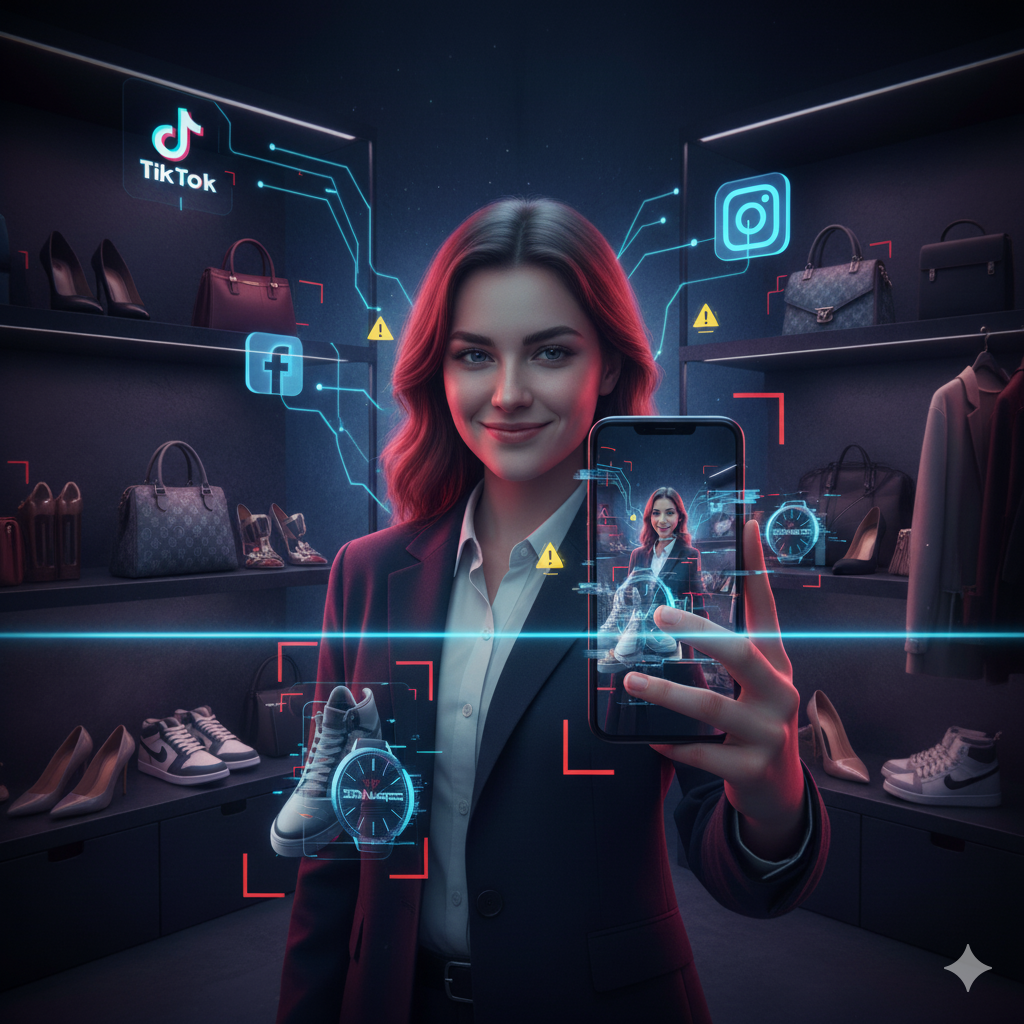The gaming industry today is far more than digital entertainment — it’s a multi-billion-dollar merchandise ecosystemfilled with collectibles, apparel, figures, and accessories.
Yet this growth has brought with it an equally large counterfeit economy.
It’s no longer just about pirated software. Unlicensed gaming merchandise has become a global phenomenon, causing financial losses, brand damage, and IP infringements for studios and publishers worldwide.
Game Counterfeiting Goes Beyond Pirated Copies
When people think of “game counterfeiting,” they usually picture illegal copies of games.
But the reality goes much deeper:
- Unlicensed T-shirts, figures, accessories, and collectibles are now just as common as pirated titles.
- Low-cost products from China, Turkey, and Eastern Europe flood online marketplaces like Amazon, AliExpress, Temu, and Etsy.
- Many consumers can’t tell they’re buying unofficial items.
For brands, this means severe reputation risks, lost revenue, and lengthy legal battles across multiple jurisdictions.
Real-World Cases Around the Globe
Counterfeiting in gaming has become a coordinated international operation rather than an isolated problem.
Italy’s €50 Million Console Operation
In 2024, Italian police seized 12,000 counterfeit consoles and 47 million pirated game files during the “Coin-Up 80” operation.
The products — mainly imported from Asia — were worth an estimated €50 million.
Nintendo’s Amiibo Lawsuit
Nintendo won a landmark 2023 case against sellers distributing counterfeit Amiibo figurines, resulting in $7 million in damages — proving that game IP protection extends beyond digital assets.
Board Game Counterfeits
A leading tabletop game brand successfully removed over 250,000 fake copies of its products from global marketplaces, preventing nearly $7 million in revenue losses.
The case highlighted how counterfeit physical games have become as harmful as digital piracy itself.
Why Counterfeiting Threatens the Gaming World
The gaming market’s fast-moving consumer culture makes it a prime target for counterfeiters.
Financial Loss
- Counterfeits directly replace legitimate game and merch sales.
- Global reports estimate 15–20 % of gaming merchandise listings are fake.
- This translates into billions in lost annual revenue.
Legal Exposure
- Unlicensed production violates intellectual property law.
- Game logos, characters, and titles (Mario, Sonic, Kratos) are fully protected works.
- Cross-border cases complicate enforcement and delay compensation.
Brand Reputation
- Poor-quality counterfeits hurt customer trust.
- A hoodie that fades or tears easily can make buyers question a brand’s overall quality.
Supply Chain Risk
- Counterfeits are often produced in unregulated facilities lacking safety and environmental standards.
A Brand Protection Guide for Game Publishers
IP protection isn’t just a legal team’s job anymore.
Marketing, sales, and community teams all play a role in defending a brand’s digital footprint.
1- AI-Powered Monitoring
- Deploy AI-driven brand protection systems that scan marketplaces, social media, and resale platforms 24/7.
- Counterfake’s layered detection model combines visual, textual, and seller analytics to identify risk signals.
- Its Deep Search engine compares listings, pricing, and seller credibility in real time.
2- Rapid Legal Action
- Register trademarks and characters globally.
- Automate notice-and-takedown procedures.
- File claims quickly — deterrence starts with speed.
3- Digital Verification and Product Passports
- Equip official products with QR codes or Digital Product Passports so consumers can instantly verify authenticity.
- This system aligns with the EU’s new GPSR and ESPR compliance frameworks.
4- Community Education
- Teach players how to spot fake products.
- Publish verified seller lists.
- Run social media campaigns that reinforce the message: “Support the Real Game.”
Counterfake: The Gaming Industry’s AI Shield
Counterfake is an AI-powered anti-counterfeiting platform built for the next generation of digital brands.
It scans millions of listings across e-commerce, social media, and independent websites — detecting, verifying, and removing unauthorized products.
With its three-layer protection model — Search AI, Fake Detection AI, and Enforce AI — the platform:
- Cross-checks visuals, text, and seller data
- Calculates a real-time risk score
- Initiates automatic takedown workflows
For game brands, this means protection that pays off — preventing lost sales while safeguarding trust.
The Takeaway: Real Games, Real Value
Gaming is not just entertainment — it’s a global cultural and economic force.
Preserving that force requires a united front of technology, law, and community awareness.
The question is no longer “Does counterfeiting exist?”
It’s “How prepared are we to stop it?”





